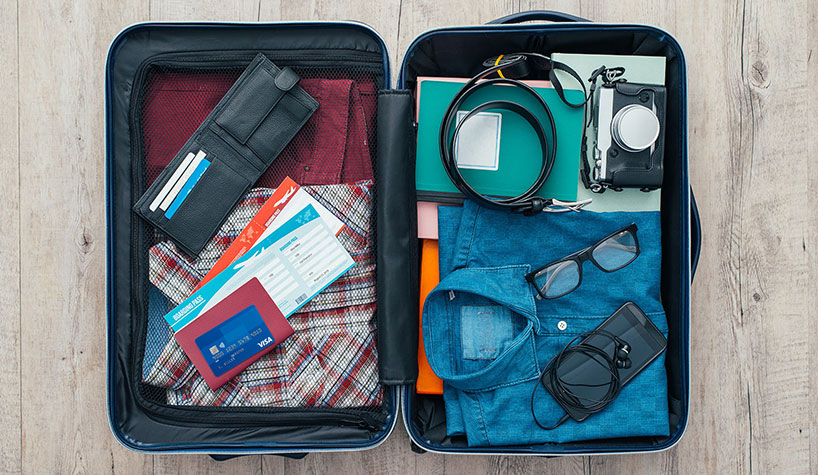
International travelers are taking more—but shorter—trips, according to a new study from Visa. In addition, Japan now tops the U.S. as the most visited country among global travelers.
The company’s Global Travel Intentions (GTI) Study highlights various parts of the travelers’ journey and found a key motivator for travel is stress relief. The study also uncovered certain aspects of travel can lead to anxiety and stress, including getting, carrying and exchanging cash.
In addition to examining the motivations and planning tactics, the study of outbound travelers from 27 countries and territories also uncovered a number of macro trends expected to continue into this year:
- Trips are getting shorter: The global average is now eight nights, down from 10 nights on average in 2013.
- More trips abroad: Globally, people are planning to take more trips in the future, from an average of 2.5 trips in the past two years to 2.7 trips in the next two years. The Americas lead the pack in number of trips in the past two years, taking an average of 3.2 trips in 2017.
- Technology is helping some travelers better navigate their destinations: 88% of travelers gained online access while abroad. Almost half (44%) use ride-sharing apps to get around once they are on the ground.
- Multi-destination: 11% of global travel includes visits to multiple countries.
- Japan, the United States and Australia are the most visited countries: Japan has overtaken the United States as the most popular destination for global travelers in the past two years. Regional preferences prevail, though, with travelers in the Asia-Pacific region leaning heavily toward Japan as a travel destination. American travelers prefer continental Europe, though Mexico, Canada and Japan are also highly desirable.
- Top spenders: Saudi Arabians are the top spenders when it comes to what travelers spend on their entire trips, including the booking stage as well as expenditures at the destination, with Chinese, Australians, Americans and Kuwaitis rounding out the top five.
Travelers are increasingly using technology to plan their trips and navigate their destinations—83% of travelers used technology for this purpose in 2017 compared to 78% in 2015. Yet the majority of them are still decidedly analog when it comes to making payments internationally.
While many travelers use cards while on vacation, most (77%) still prefer to use cash when making purchases. The study also found the following themes related to the use of cash while traveling internationally:
- Cash causes anxiety: Travelers cited loss of cash or theft as a top money concern while on trips.
- Big spenders: The average global traveler spends $1,793 per trip, yet the global median amount of cash brought to destination globally clocks in at $7781.
- Trade-off: In order to travel with that much cash, 72% of people prepared their foreign currency prior to their departure date.
- Telling sign: Only slightly more than one in 10 people made an ATM withdrawal at their destination. Security at ATMs is one area of concern affecting this statistic, cited by nearly one in five travelers as a barrier to using an ATM. Travelers from Europe, the Middle East and Africa are, however, more likely to withdraw cash during vacation compared to those from other regions.
- Leftover cash: Some 87% have leftover cash after their trips, but only 29% convert it back to currency they can actually use at home. The global median leftover amount is $123.
The average global traveler spends $1,793 per trip. Travelers expect to spend more in upcoming trips, with the highest likely increase in the Asia Pacific.
Among the top global spenders, travelers from Australia, China, Kuwait and the U.S. remain optimistic when it comes to spending for their upcoming overseas travel. Saudi Arabian respondents are still the number one spenders, but are projected to spend less on their next international trips.